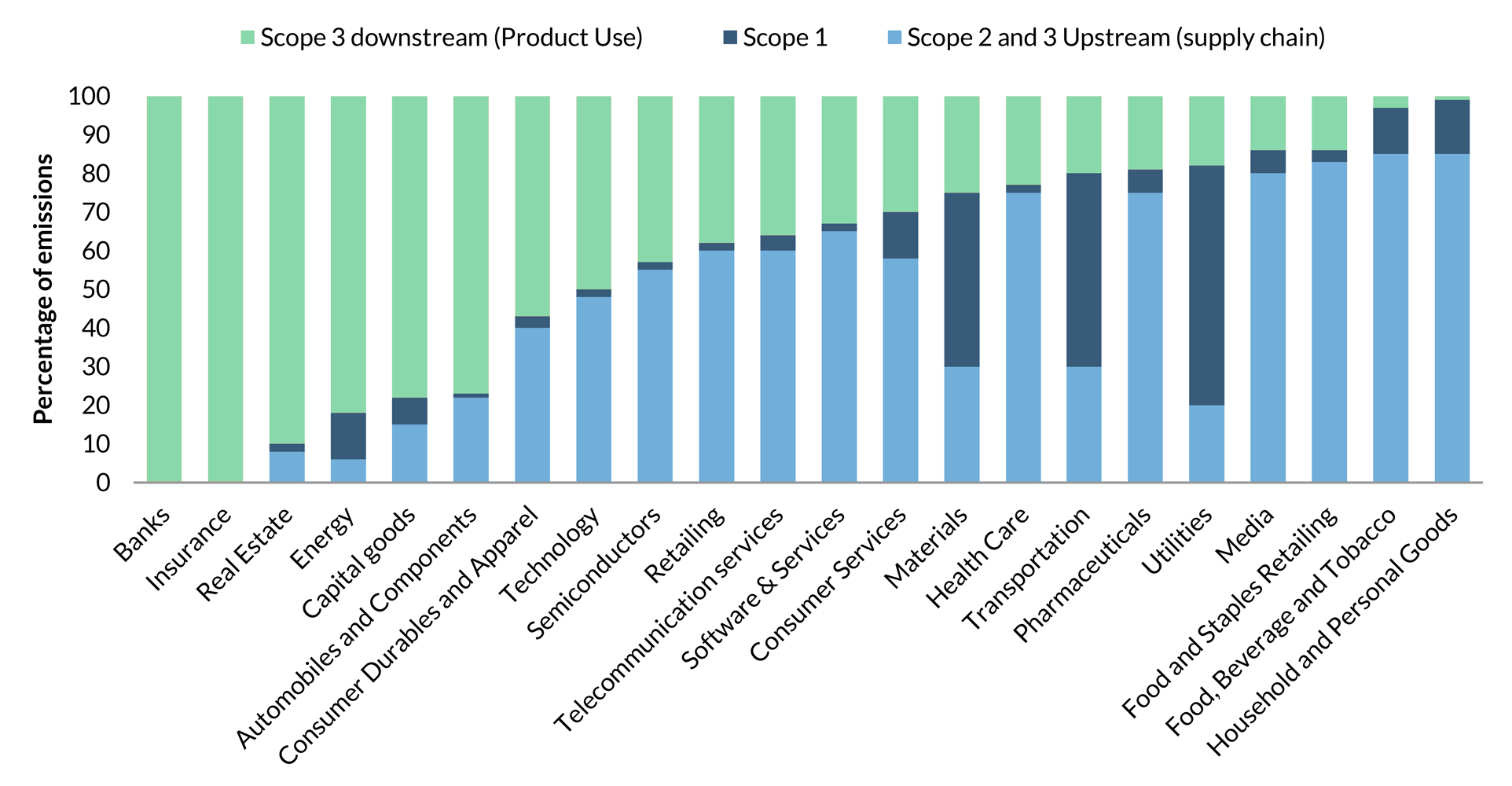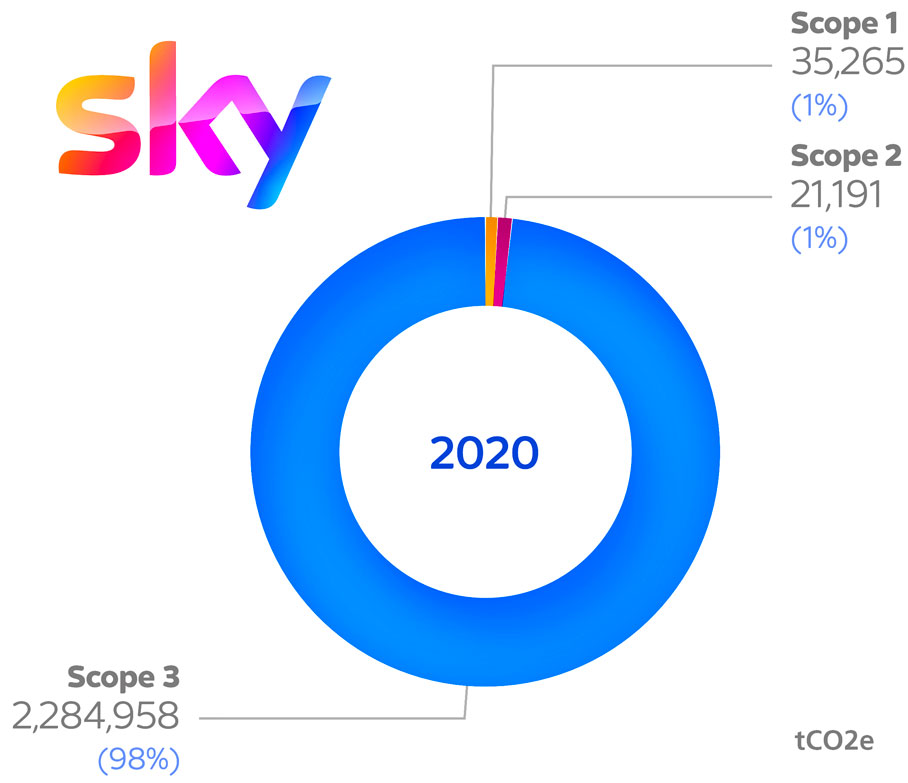Are you ready for the Big Net Zero Challenge...
Scope 3 emissions
Reducing Scope 1 & 2 emissions, those under an organisation's direct control, are usually the first target in a company’s carbon reduction strategy. However, Scope 3 emissions, from the organisation's value chain, are over 90% of the total for most companies (see chart below).
It is increasingly important to address Scope 3 emissions for organisations to have a real impact on their overall carbon footprint.

What are Scope 3 emissions?
There are three groups of greenhouse gas emissions, which are known as Scopes by the Greenhouse Gas (GHG) Protocol.
Scope 1
Direct emissions from operations that are owned or controlled by the organisation eg. emissions from combustion in owned or controlled boilers, furnaces, vehicles, etc.
Scope 2
Indirect emissions from the generation of purchased electricity, steam, heating, or cooling consumed by the organisation
Scope 3
Indirect emissions that occur in the value chain of the organisation, including both upstream and downstream emissions eg. Production of purchased products, transportation of purchased products, or use of sold products
Up until now, most companies have focused on measuring Scope 1 and 2 emissions as these are the emissions for which they have the most control. However, Scope 3 emissions could be the largest source of a company’s emissions and can even account for several times the impact of Scope 1 and 2.
With the climate emergency demanding more immediate action, there is a growing need to reduce GHG emissions wherever possible and it is now expected that companies have a greater understanding of their true carbon footprint and account for Scope 3 emissions.
Case Study - Sky

Scope 3 emissions represent a massive 98% of Sky's carbon footprint. For many organisations their scope 3 footprint will also be the majority of their emissions.
This is why customers, investors and regulators are increasingly interested in documented scope 3 emissions.
A scope 3 footprint is a best practice that can differentiate companies in an increasingly environmentally conscious marketplace.
Why are they important?
Scope 3 footprints help investors identify organisations that are well-positioned to:
- Meet evolving and increasingly stringent climate change legislation
- Capture growing demand for energy-efficient products
- Assess where the emission hotspots and resource / energy risks are in their value chain
- Identify which suppliers are leaders and which are laggards in terms of their sustainability performance
- incentivize carbon saving, energy efficiency and cost reduction opportunities in their value chain
Tools
Designed by our experts to help you achieve Net Zero.
Defra Scope 3 Factors
Calculate your Scope 3 Value Chain Emissions using uptodate factors




